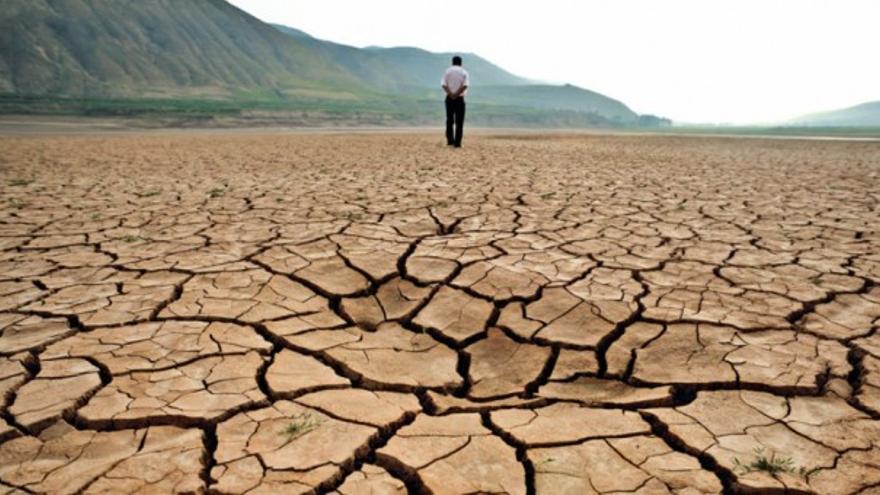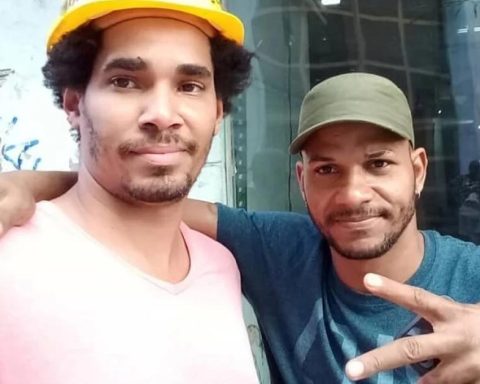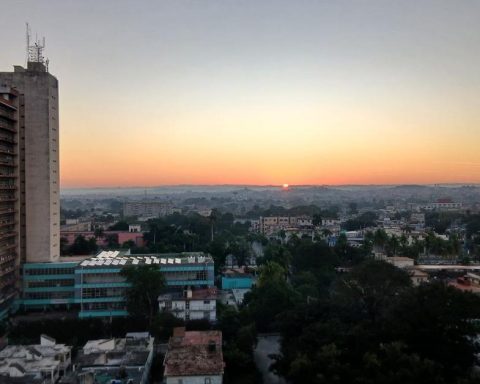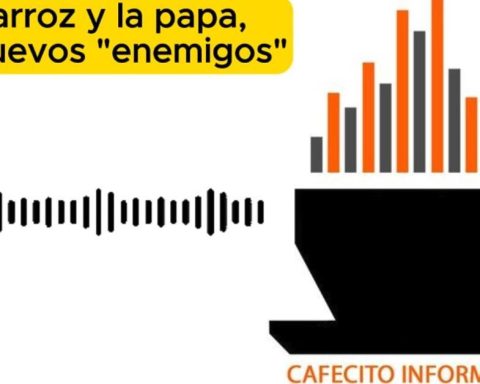
The word of the year 2019 according to the Oxford dictionary was climate emergency. Several governments passed declarations admitting that the climate crisis had become a true emergency. What consequences has that statement had? Are the measures that lead the fight against climate change effective?
International emissions treaties
In 2019, 41 gigatons (Gt) of CO₂ were emitted. The following year we came across covid-19 and the slowdown in economic activity had an impact on a drop in emissions to 38.5 Gt.
Once the worst part of the pandemic had passed, economic activity recovered and in 2022 40.5 Gt of CO₂ were emitted, practically the same emissions as before the climate emergency declarations in 2019. In emergency situations, such as fires or cardiorespiratory arrests, action must be taken immediately, something that does not seem to have happened in this case.
In 2015, the calls were signed P Agreements aris, a pact to limit global warming to 2℃ and preferably 1.5℃. At that time, the emissions were 39.5 Gt CO₂, 1 Gt below current emissions.
The idea of a climate emergency gained momentum after the 2019 UN General Assembly, where the feeling was conveyed that the time to act was running out.
We can continue going back in time to study the effectiveness of grand declarations and international agreements. Under the Kyoto Protocol (1997) 37 industrialized countries (mainly European) agreed to reduce their emissions by 5% during the period 2008-2012 compared to 1990 levels.
Europe lowered its territorial CO₂ emissions, but at the expense of increased imports and the relocation of industry. Kyoto looked at CO₂ production, not consumption. Global emissions increased from 27 Gt in 1990 to 39 Gt in 2012. However, Europe could boast, albeit spuriously, of having managed to reduce its emissions. In reality, it only reduced the production of carbon, but not its consumption.
Around 2.5℃ warming
The idea of a climate emergency gained momentum after the 2019 UN General Assembly, where the feeling was conveyed that the time to act was running out and it was argued that 2030 was the last year to prevent the irreversible damage created by climate change. This date has its origin in the special report that the UN panel on climate change (IPCC) had published in 2018. According to this report, in order to limit warming to 1.5℃ “it would be necessary for net global CO₂ emissions to of human origin will decrease in 2030 by around 45% compared to 2010 levels”.
As of today, it is unlikely that CO₂ emissions will be reduced below what is necessary to achieve limiting warming to 1.5℃. With the agreements currently signed, the warming would be 2.5℃ in 2030 and 3.2℃ by the end of the century.
It is considered that if the global average temperature increases above 2℃, the consequences would be devastating. The climate lays the foundations on which any society is established. Any climate shock translates to our economy instantly. Crops, availability of water and food, health, industry… everything we do and depend on to live is closely related to the climate. Therefore, many people will suffer and, above all, the most vulnerable.
Why we won’t be able to lower emissions
The measures we are taking to deal with climate change are extremely inefficient. The flagship program for the decarbonization of the economy is the emissions trading system (SIE), a legacy of Kyoto. Since its first implementation in 2005, this system has resulted in an annual decrease in European territorial emissions of 1.5%. This means that the reduction of emissions in the European Union, which today leads this reduction, would be 10% in the year 2030. Very far from the 45% reduction requested by the IPCC report. And that without counting the leaks derived from relocating emissions.
The SIE has become an instrument to distribute extraordinary benefits among many business sectors. The windfall profitsas they are called in English, arise from flaws in their design.
In the early phases of implementation in the European Union, emission allowances were free for companies, but they did pass on the carbon price to the customer
In the early phases of the implementation in the European Union, emission allowances were free for companies, but they did pass on the carbon price to the customer, resulting in profits of between 7 and 8 billion euros per year for utilities and other energy companies.
The current phase of the SIE came into force in 2021, following climate emergency declarations. While it is true that this problem has been partly corrected in recent years, the benefit problem will not diminish.
One of the star solutions in the fight against climate change is the large-scale implementation of wind and solar farms. Emissions from these technologies are practically nil. However, other technologies (such as coal) that are large emitters are also used to generate electricity. This allows utilities to pass on to the consumer a much higher price for CO₂ than they have to pay for emission rights.
Researchers at the University of Dresden have calculated that the benefits will continue to flow to utilities in the European Union for at least the next decade. In Australia, coal-fired power plants are receiving $1.2 billion. These researchers denounce that the SIE has transformed the principle of “the polluter pays” into “the polluter gets paid.” With these benefits, the SIE provides virtually no incentive to develop clean technologies.
Compensatory tree plantings
The other star measure is compensatory planting. Under the SIE, companies that consume all their allowances must plant trees to absorb the remaining CO₂. A common practice among large multinationals is to pay a conservation association, or a forestry company, to plant trees on their behalf.
Many of these plantations are carried out in countries of the global south and aim to convert savannahs into forests. The savannahs are very old ecosystems, originating 8 million years ago. Therefore, they shelter a large store of carbon in their soils that would be released when planting trees, since before planting the soil must be removed and aerated.
With the excuse of climate change, an emissions exchange system is being implemented that we pay dearly for and that results in great business benefits
This practice is also a great threat to African communities that live on the savannah. And also for the biodiversity they harbor: lions, elephants and rhinos are species of the savannah.
In Spain we also find companies and associations that carry out compensatory plantings. On many occasions, the plantations are not maintained, which results in an increased risk of future fires.
climate myopia
It could be argued that the glare of the climate emergency is blinding us. With the excuse of climate change, an emissions exchange system is being implemented that we pay dearly for and that results in great business benefits, while emissions are barely reduced.
What will happen when we get to 2030 and probably find again that CO₂ emissions are far from what is necessary to safely limit warming? How will we communicate about climate change at that time?
The communication strategy behind the climate emergency implies that in 2030 the world will end, or almost. But it’s not like that, it’s just going to be a little hotter than today. The models predict linear, not abrupt increases in temperature. We will have the problem after 2050 and, above all, at the end of the century.
Continuous media harassment about an imminent climate end can lead to boredom in the population. Perhaps indifference is the most likely response we will encounter in a few years.
The current measures are not only inadequate to address the climate problem, but the population will gradually realize that a business paradise is hidden under the umbrella of climate action that only results in an increase in social injustice. Large multinationals, and conservation entities dedicated to planting trees, will be the great beneficiaries.
We are turning climate change into a horror story, big business profits and greenwashing. We suffer from severe climatic myopia.
________________________
Editor’s Note: This article Was published originally in The Conversation and is reproduced under a Creative Commons license.
________________________
Collaborate with our work:
The team of 14ymedio He is committed to doing serious journalism that reflects the reality of deep Cuba. Thank you for accompanying us on this long road. We invite you to continue supporting us, but this time becoming a member of our newspaper. Together we can continue transforming journalism in Cuba.













